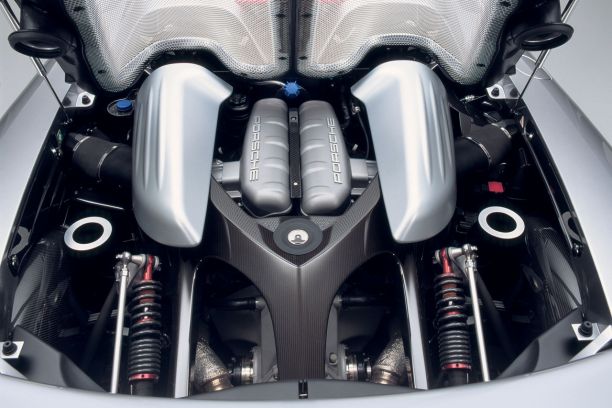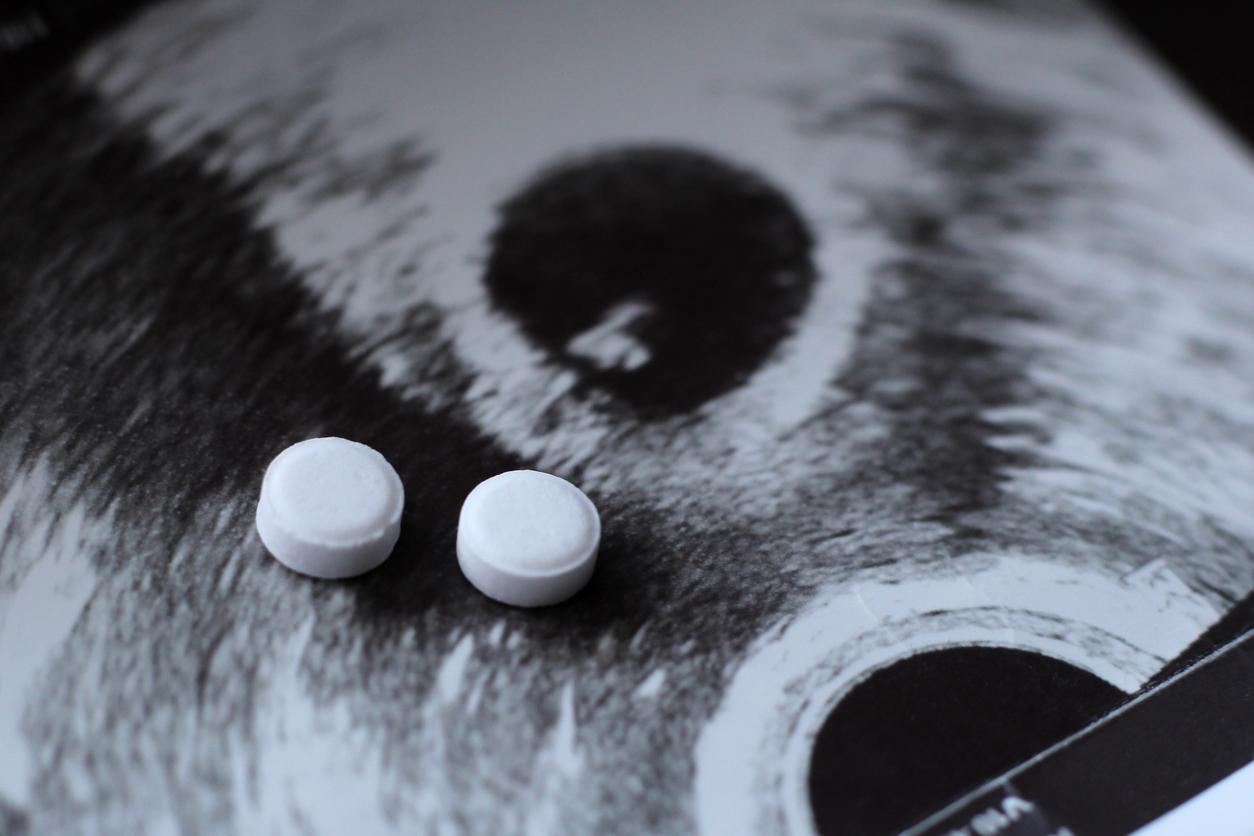During the final of Top Chef, Louise Bourrat suffered from her endometriosis.

- Endometriosis affects 10% of women of childbearing age in France, ie 1.5 to 2.5 million people.
- There is no definitive cure for this disease.
The big winner of Top Chef, Louise Bourrat, told our colleagues from Télé-Loisirs to suffer from endometriosis, a gynecological disease which handicapped her during the final broadcast last night on M6.
One of the worst days of my life
“That final, I think it was one of the worst days of my life,” she testifies. “The day was extremely stressful. Besides, I was very sick that day. I haven’t slept all night, I had my period, I was at rock bottom because I have endometriosis. I have to take lots of pills during the day. It was very hard” continues the chef. The day before, “I was at Georges V with my hot water bottle. And then there was this stress of being in this super majestic place, of having to manage a team”, she says again.
Endometriosis is characterized by the presence of fragments of a tissue similar to the endometrium (mucosa lining the inside of the uterus) outside the uterine cavity, at the level of different organs: genital apparatus, ovaries, rectum, bladder, intestines, lungs, etc. During menstruation, these tissue fragments react to hormonal stimulation and cause inflammation, which itself causes debilitating pain and a wide variety of symptoms (digestive disorders, urinary problems, fatigue, etc.).
Origins
Several hypotheses have been formulated to explain the origins of endometriosis. Currently, the pathology is thought to arise from:
– retrograde menstruation, which is characterized by the backflow of menstrual blood containing fragments of endometrium through the fallopian tubes and into the pelvic cavity, even as menstruation occurs and blood flows along the pelvis and is evacuated from the body through the vagina. Retrograde menstruation can cause cells similar to uterine material to deposit outside the uterus, where they implant and grow;
– metaplasia, namely the transformation of one tissue into another. Cells outside the uterus may turn into cells similar to uterine material and begin to grow;
– stem cells causing the disease, which would then spread in the body through the blood and lymphatic vessels.
Immune response
“Other factors may contribute to the development or continued presence of ectopic endometrium” say public health experts. “We know, for example, that estrogens promote inflammation, the development of endometriosis and the pain associated with it, and therefore play a role in the disease”, they continue. Ualteration or deficiency of the immune response, complex and localized hormonal influences, genetics and environmental contaminants could also play a role in the appearance of the pathology.

















